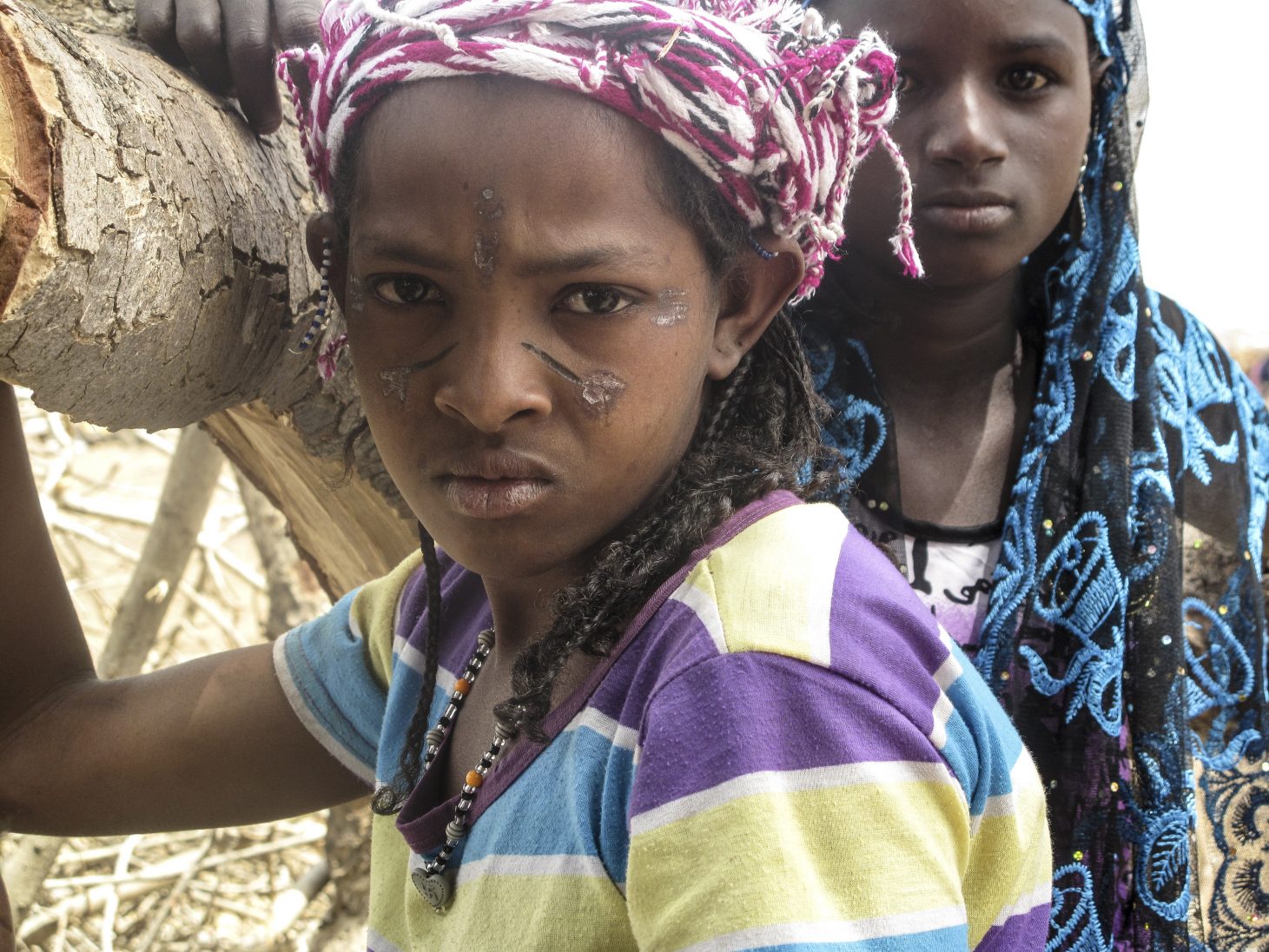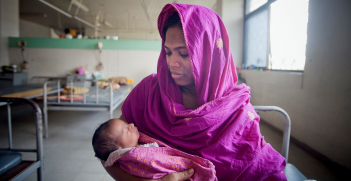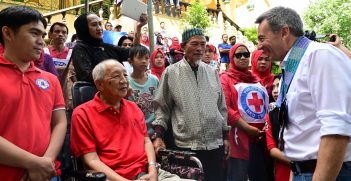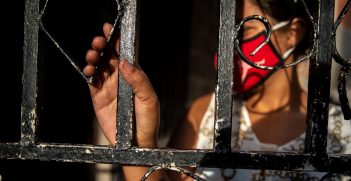Burkina Faso: Facing The Fastest Growing Crisis in West Africa

The humanitarian outlook for Burkina Faso, a landlocked country in West Africa, is marked by the growing intensity of armed violence across the Sahel region. The presence of armed groups is increasingly felt, and international forces maintain a strong deployment: the French military with Operation Barkhane, UN peacekeepers with MINUSMA, and a regional response of Sahel countries – the G5 Sahel. In Burkina Faso, recent surges in violence have caused a humanitarian crisis that worsens as the months go by.
Burkina Faso is no longer a secondary consideration in the Sahel crisis, as it was in previous years when Mali was the epicenter. Developments show that it is, unfortunately, strongly affected by outbreaks of violence in the region. Its population faces growing humanitarian needs not only in the Soum and Oudalan provinces of the Sahel, but also in other regions, particularly to the centre-north and east. In 2019, the country registered more than 560,000 internally displaced people, according to UN data, a steep increase from the roughly 80,000 at the beginning of the year.
“My son died, and we had to leave everything. We arrived on a tricycle, with the seven orphans left by my son,” explains Fatoumata who recently fled to Fada N’Gourma in the eastern part of the country. Such testimonies have become common.
In the Soum province of the Sahel, hundreds of herders and farmers have been forced to flee with their families to the province’s capital, Djibo. These displaced people – most of them women and children – leave everything behind to escape the violence, to survive. They travel by foot, cart or donkey to seek safety in the towns and arrive with next to nothing. By leaving their homes they are also leaving their livelihoods – the livestock they depend on for food, or the crops that require harvesting to go to market. The cost of leaving is a debt that many families will struggle to repay.
Cycles of conflict, the impact of climate change and other shocks continue to weaken the resilience of the population, which suffers from chronic levels of food insecurity and malnutrition. It is very difficult for these displaced people to make ends meet. Many of them live with host families, settling in small towns where local communities are already vulnerable because of food shortages. In Djibo, an increasing population puts pressure on resources. Supplies become hard to find in the market. The situation for fragile families can become dire.
As in so many conflicts, the violence also takes a toll on access to healthcare. Following surges in fighting, many healthcare workers fled the Sahel and centre-north regions. The number of health-centres impacted by the violence has increased twelvefold in the last eight months. Two-thirds of these are in the conflict-affected Sahel and centre-north. But violence doesn’t recognise administrative boundaries, and even in Burkina Faso’s East region, more than one in five health facilities are running at minimal service levels. In a country of roughly 20 million people, an estimated 1.2 million have little or no access to medical care.
It is an unsurprising and all too common truth that direct attacks against medical workers so often drive this limited access to healthcare. Between May 2018 and July 2019, the ICRC recorded 26 violent incidents that directly affected health-care workers, their belongings and their vehicles. More than half of these incidents took place in the Sahel region. In most cases, it is difficult to identify those responsible for these acts. But where possible, the ICRC follows up on these cases in a confidential and bilateral manner with authorities or actors who may have influence over the alleged perpetrators.
One consequence of these trends is that more and more people are coming to rely on the remaining functional medical centres, especially in large cities like Djibo in the Sahel or Barsalogho in the centre-north. In some of these centres, the number of patients has increased three or fourfold in the space of a few months, placing a heavy burden on the health of personnel working there, often in difficult conditions. The ICRC plays a role in supporting these health structures, but also in distributing food and seeds, rehabilitating water points and vaccinating livestock, all with the aim of improving the lives of thousands of people.
The various humanitarian organisations in Burkina Faso – national and international – coordinate their interventions to avoid gaps or duplications. But a sharp rise in needs can occur unexpectedly, especially after the arrival of a large group of displaced people. Due to security concerns, gaining humanitarian access can often be difficult in several parts of the country. The ICRC works independently of the UN and international NGOs, but partners closely with the Burkinabe Red Cross Society, which is present at the community level throughout the country.
Unfortunately, the humanitarian needs in Burkina Faso are likely to increase in 2020. According to the UN, more than two million people will need assistance next year, double the number than at the start of 2019. Given these trends and constraints, the Red Cross Movement and the humanitarian community at large are unlikely to meet all the demands required to alleviate the suffering of those affected by the armed violence. The situation is even more dire if one considers these troubling trends in the longer term. These are the reasons that the world needs to care about the people of Burkina Faso, for our shared humanity, if nothing else.
Steven Anderson is the International Committee of the Red Cross Communication Coordinator in Burkina Faso.
This article is part of the Forgotten Conflicts series by the International Committee of the Red Cross, highlighting the overlooked humanitarian consequences of armed violence around the world.
This article is published under a Creative Commons Licence and may be republished with attribution.





